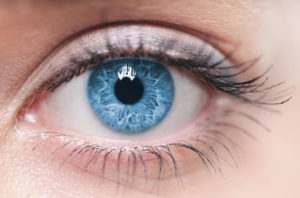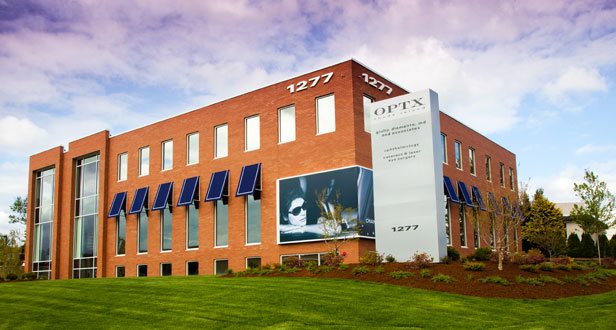
If you notice a small bump growing on the surface of either your top or bottom eyelid, chances are you have a chalazion. Often confused with a stye, a chalazion is different. Chalazia (plural) often begin as a swollen, sensitive spot on the eyelid, but may change into a pea-sized bump in a matter of days. The bump is almost always painless and benign (though very rarely can be a sign of eyelid skin cancer).
What Is a Chalazion?
A chalazion is formed when one or more of the oil glands (or meibomian glands) become blocked. Fatty secretions, known as lipids, become unable to drain properly, resulting in inflammation that causes swelling and redness. People with chronic blepharitis and/or rosacea are prone to developing chalazia, and they most often occur in adults older than 30.
Can You Self-Treat a Chalazion?
Many people consider chalazia to be unattractive and attempt to remove them by themselves by squeezing the area. This should never be attempted. To treat at home, simply apply a warm compress and massage the eyelid to loosen up the blockage. Attempting to manually remove a chalazion yourself can lead to infection, making a small problem much worse. If the chalazion persists after at-home treatments, it’s time to see a doctor.
Chalazion Treatment
When diagnosing a chalazion, we will take a look at many factors to determine the best course of action. A surface level eye examination will give additional information on what may be affecting you. The edges of your eyelids may also be closely examined, to check on the openings of the oil glands that are potentially blocked.
At Dr. Diamante’s office in Johnston, Rhode Island, we specialize in chalazion treatment. If your chalazion does not resolve itself within a few weeks and doesn’t respond to the warm compress treatments or lid massages, we can help.
Certain antibiotics can be effective against a chalazion, though a resistant one may need to be professionally drained and excised. The area will be numbed prior, so the simple operation is extremely fast and painless. Sometimes the problem can be recurring, in which case a sample is sent to the lab to be analyzed to make sure it isn’t actually a tumor. Again, this is a rare occurrence, but it is important to be cautious nonetheless.
Remember, any growths on your eye should not be squeezed, popped, or poked unless done by a professional. If you believe that you have a chalazion, contact our Johnston office today so we can help!


